A saying goes that you can’t see colors when it gets dark. The work on printing the photographs is progressing, but the test prints did not turn out quite as expected, although they looked very nice on the monitor. Not really that strange because they are two different media. On the monitor, the image is illuminated from behind and radiates towards us, while an image printed on paper becomes visible when the light is reflected on its surface. Even so, the test prints should have been better.
In order for our vision to perceive the colors on the screen correctly and visualize how a printout will look, it is fundamentally important that the color temperature of the room lighting is the same as that of the monitor and that the intensity of the room light has the right ratio to the intensity of the monitor. This was not the case in my “dark room”; i.e. in my image processing work room. What the eye sees as white in the room lighting, is interpreted as white on the monitor.
There are excellent light panels with optimal light with possibilities of fine adjustment, but they are expensive. A budget variant is light bulbs and fluorescent tubes. A couple of “photo bulbs” are being tested. Measurements show that they are not perfect and they basically lack adjustment possibilities. Still, the lighting environment is decent; at a fraction of the price of a light panel.
The goal is to gain full control over the process from image editing in the computer to printing on paper. Maybe it will be necessary to invest in a LED light panel, It will be very exciting to see how the test prints turn out…
Engage Your Visitors!
Click here to change this text. Lorem ipsum dolor sit amet, consectetur adipiscing elit. Ut elit tellus, luctus nec ullamcorper mattis, pulvinar dapibus leo.
